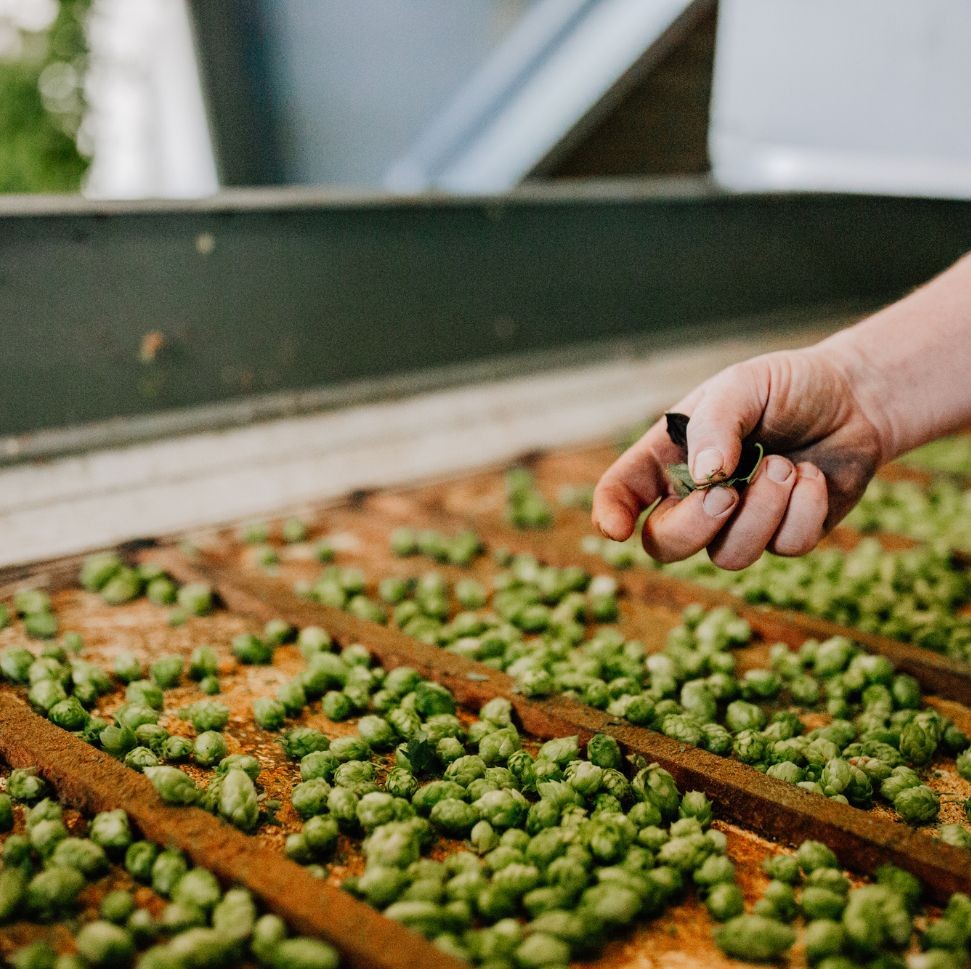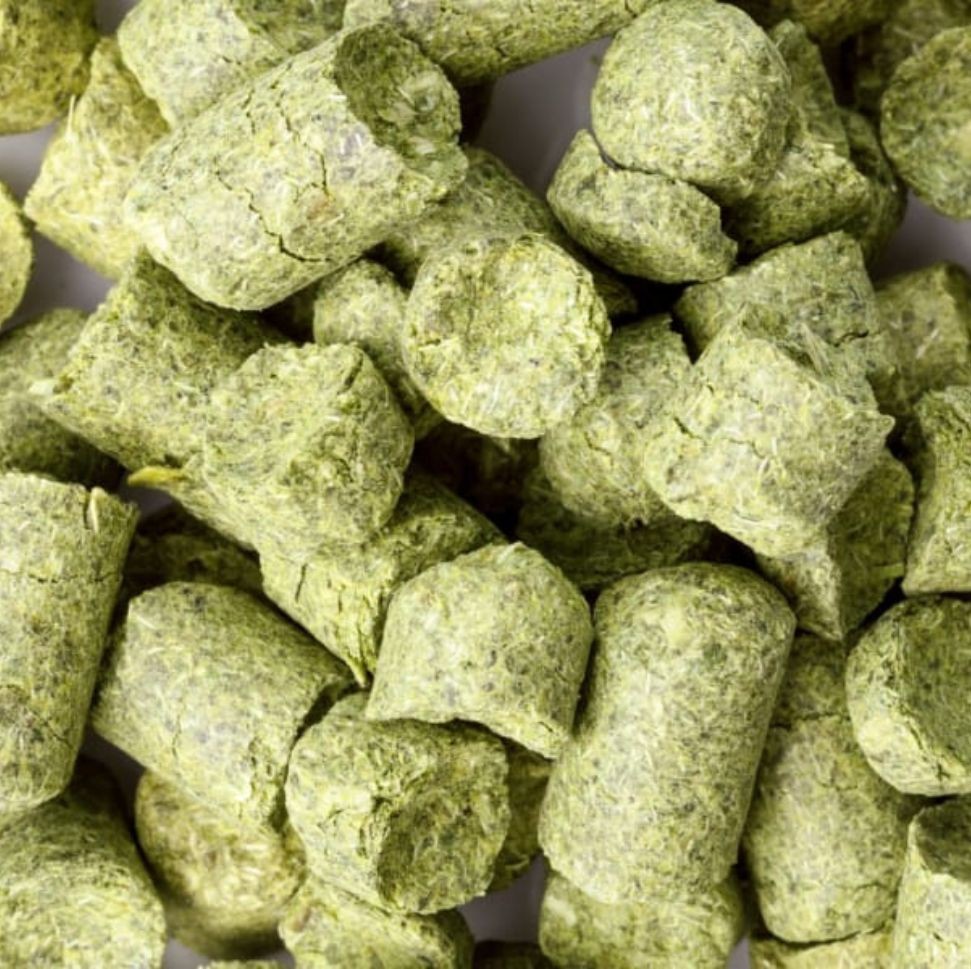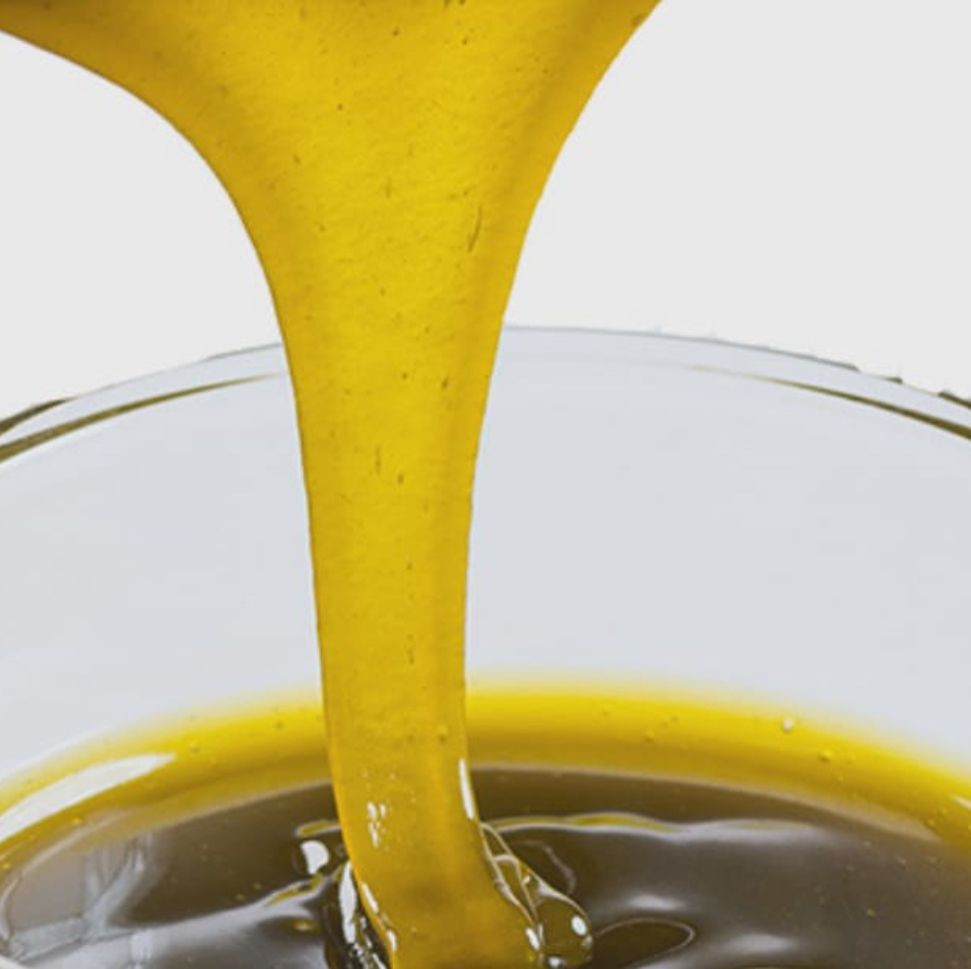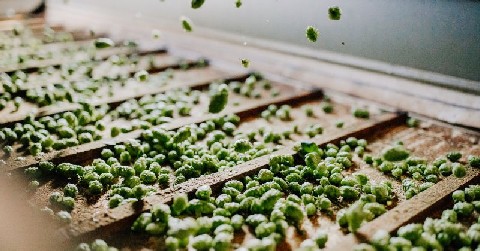The Purest Form of Hops
How do we deliver the hops of your choice? Exactly the preparation you need, with reliably preserved aromas and bitter substances as well as the best brewing properties. We have compiled detailed application information and technical specifications for you here!



Hop Extract
Original hop concentrate for particularly efficient and flexible brewing process design.
- CO2 Hop Extract
(Download TDS / SDS)
- Standardized Extract
(Download TDS / SDS)
- Oil-enriched Extract
(Download TDS / SDS)
- Oil-reduced Extract
(Download TDS / SDS)
- Isomerized Kettle Extract (IKE)
(Download TDS / SDS)
Raw Hops, Pellets & Extract FAQ
How many aromatic substances are contained in hop oil?
To date, more than 500 aroma substances have already been identified. However, the actual number is probably much higher.
What is the difference between enriched (T45) and conventional (T90) hop pellets?
With enriched pellets, green plant material is removed by sieving at low temperatures, thereby accumulating the valuable lupulin.
Why are hops pelletized?
Hops are pelletized because they offer a number of advantages in this form: they are less voluminous, more durable and easier to dose and standardize than hop cones.
Are there advantages in using processed hops (pellets or extract) instead of raw hops?
Yes, processed hops, for example, have a lower volume and better dosing properties.
What does hop extract consist of?
CO2 hop extract consists of soft resins (alpha and beta acids), hop oils, hard resins and waxes.
Why is a higher hop oil content often connected with a higher alpha content?
For this question it is important to know that oil and alpha acids are both part of lupulin. If the lupin content is high, there is also an increased content of alpha and oil.
What is the difference between BarthHaas Incognito and BarthHaas PHA? Do not both contain hop oil?
Incognito is an oil-rich hop extract specially designed for whirlpool dosage; PHAs are hop oil products that contain a carrier (usually propylene glycol) and which can be dosed into bright beer.
If hop extracts are used for dry hopping, do they increase bitterness due to the addition of iso alpha acids?
Hop extracts for dry hopping usually don't contain iso alpha acids. PHAs contain only hop oil. Hop emulsion contain unisomerised alpha acids, which contribute very little to overall bitterness.
What is the origin of dry hopping?
Dry hopping probably originated in the UK where is was first applied to cask ales.
Is there an ideal timepoint for dry hopping non-alcoholic or low-alcohol beer?
We have had good experience with special yeasts that do not produce alcohol and dryhopping at the end of fermentation. This produces very intense aromas.
What are the advantages of storing kegs upside down?
Naturally cloudy beers, such as wheat or NEIPA, should be stored upside down in the keg during long periods of storage in order to ensure an even turbidity in the glass when tapping again.

